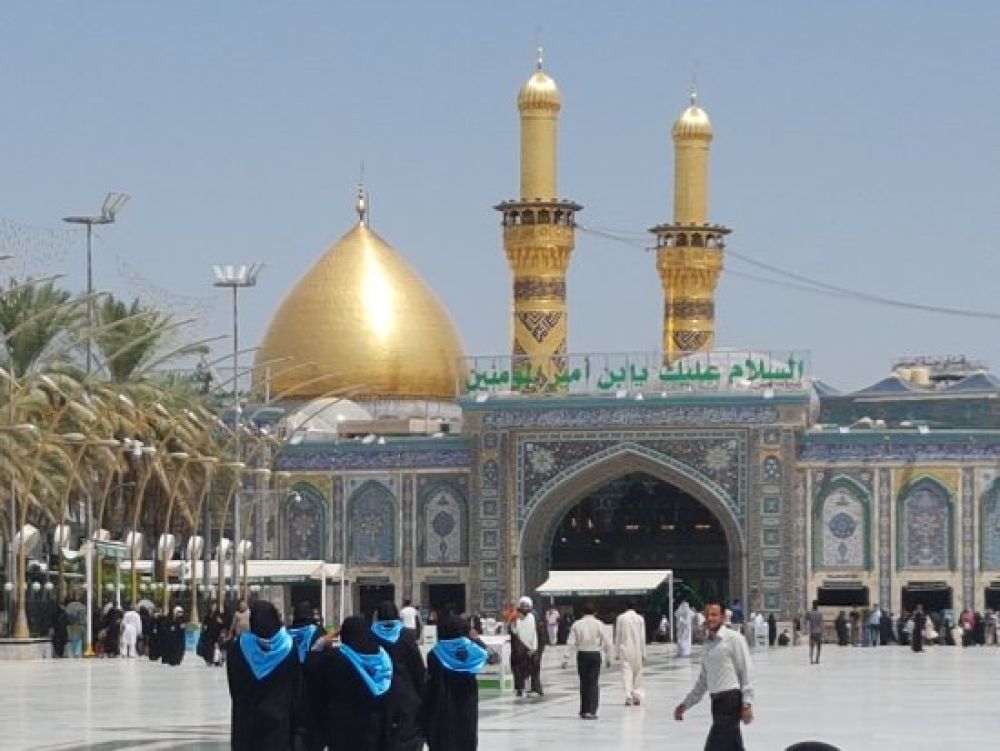

Located in the heart of Najaf, Iraq, the Imam Ali Shrine is one of the most significant sites in Shia Islam and a beacon for pilgrims from around the world. The shrine is dedicated to Ali ibn Abi Talib, the cousin and son-in-law of the Prophet Muhammad, and the first Imam of Shia Muslims. As such, it has long been a center of religious scholarship and devotion, attracting visitors for centuries.
The Imam Ali Shrine has been a destination for religious pilgrimage since it was built over the tomb of Imam Ali in 977 AD. Over the centuries, millions of Shia Muslims have traveled to Najaf to pay homage to Imam Ali, particularly on religious occasions such as Ashura and the death anniversary of the Imam.
Throughout history, Najaf has faced periods of political instability and conflict, which have influenced the flow of visitors to the Imam Ali Shrine. Despite this, the city has remained an essential destination for those wishing to deepen their faith and connect with their religious heritage.
In recent decades, there has been a concerted effort to restore and expand the Imam Ali Shrine and its surroundings to accommodate the growing number of visitors. The efforts include renovation of the shrine complex, improved infrastructure, and enhanced security measures. This has made visiting the shrine a more accessible and enriching experience for pilgrims.
Following periods of political unrest and instability, Najaf has seen a resurgence in religious tourism, particularly since the early 2000s. With improvements in security, the city has been able to welcome an increasing number of pilgrims. The latest trends in tourism at the Imam Ali Shrine include:
Despite challenges, the city of Najaf and the revered Imam Ali Shrine continue to hold a central place in the hearts of Shia Muslims, and compel visitors with its rich history and spiritual significance.
Visitors to the Shrine are expected to follow strict codes of conduct in respect for the sacred nature of the site. Modest dress is required, and non-Muslim visitors should be mindful of local customs and religious practices. Photography within the shrine is restricted, and it is advisable to seek permission before capturing images of the shrine.
Today, the Imam Ali Shrine stands not only as a monument to Islamic history but also as a focal point for the continuing growth of faith-based tourism in the region. Its continual development and increasing accessibility signify the dynamic nature of religious tourism in the heart of Iraq.